We are on Facebook
Happy Xmas from ARNI Stroke Rehab UK! This pic was created by young stroke survivor @Alex Roantree-Roesch, a young stroke survivor who first came to ARNI Stroke Rehab Charity as a very young lad - and still comes along to training to this day - Happy Xmas to Alex, his mum and dad - and @Sally Roesch (who is also on ARNI Stroke Rehab & Recovery Facebook too) 😉Alex made this as a Xmas card using his more-affected hand, practising placing his fingers flat enough on the paper to make Santa's beard! Well done Alex! This image served as the ARNI Xmas card for at least 5 consecutive years because we liked it so much!
... See MoreSee Less


One very special card made by a very special stroke survivor. Merry Christmas to you all at ARNI and thank you for your continued support to Alex and angela xx
I love this!!!!! Merry christmas to you all and we look forward to seeing you in 2026.
Sally Roesch Barbara Roesch
✨ Staying Connected and Strong Together This Christmas! ✨ Christmas time season can be a bit of a whirlwind, and for many in our stroke survivor community, it sometimes brings feelings of isolation or the heavy pressure to keep up with the festivities.
When your energy levels have changed, communication feels like an uphill battle, or your confidence isn't quite where it used to be, the bright lights and loud rooms can feel a little overwhelming. 🎄💔 ARNI Stroke Rehab UK charity reminds you you are not alone in feeling this way and that your journey is valid exactly as it is. One of the most powerful things we can do as survivors is to reach out and lift each other up during these weeks. 🤝💪
Whether it is sending a simple text to a fellow survivor just to say 'I'm thinking of you' or sharing a quiet moment of understanding that doesn't require any words at all, these small acts of connection can break through the feeling of being left out. Let’s remind one another that it is perfectly okay to step away for a rest when neuro-fatigue hits or to take all the time you need to find your words. 🧠💤 🛡️✨
To help keep that sense of community alive, ARNI Stroke Rehab UK is staying right by your side throughout the entire holiday period! 📱🌟 We will be continuing to write and share Facebook posts about stroke issues every single day over Christmas and all the way into the New Year. We want to ensure that whenever you log on, you find a helpful tip, a bit of encouragement, or a reminder that there is a whole family of survivors rooting for you. 🗓️🚀
If you are looking for a way to truly tackle those feelings of isolation and build your confidence back up for 2026, a fantastic way to do that is to get matched with a low-cost ARNI stroke rehab instructor. 🏋️♂️🏠
You can start planning your next steps by visiting the ARNI Stroke Rehab UK website today.... and please ask questions of us - Dr Tom and his staff are available for you via email throughout Xmas if you need them L🧠💪
www.arni.uk.com
#ARNIStrokeRehab #StrokeRecovery #ChristmasSupport #Neuroplasticity #StrokeAwareness #CommunityStrength #NeverGiveUp
... See MoreSee Less

Merry Christmas from all at ARNI!!
Keep up with your exercises, as best you can, until we catch up in the New Year.
www.arni.uk.com #strokerecovery #NeuroRehab #strokesurvivorscan #neuroplasticity #neurorehabilitation #strokeexercise #strokerehabilitation #exerciseafterstroke #strokerecoveryexercises
... See MoreSee Less

In order to efficiently rewire the brain, you need high repetition because that’s how the brain rewires itself. Each time you repeat a movement, the connections in the brain become stronger. If you aren’t consistent, then the connections quickly grow weaker and fail to produce results.
www.arni.uk.com
#arnistrokecharity #neuroplasticity #strokesurvivors #neurorehab #strokesurvivorscan #neurorehabilitation #strokeexercise
... See MoreSee Less

If you do the maths - it's true!
www.arni.uk.#strokesurvivorscanr#NeuroRehabr#strokeexerciser#strokerecoveryo#strokerehabilitationa#neuroplasticityi#ARNIstrokerehabr#arnistrokecharityarity
... See MoreSee Less

Are you or a loved one looking for a way in the New Year to keep making gains in your stroke recovery journey? 📈 The ARNI (Action for Rehabilitation from Neurological Injury) approach is making waves in the survivor community for its extremely cost effective, yet life-changing results! 🌊🤝
Unlike some traditional therapies that might slow down after you leave the hospital, ARNI is all about taking charge of your own recovery. 🏠🛋️ It focuses on:
🎯 Functional Task Training: Practicing the real-world skills you need every day; like reaching for a cup and drinking from it with your affected hand or standing up safely!
🏋️ Stroke-Specific Strength Training: Building the power and stability needed to move with confidence.
🛡️ Physical Coping Strategies: Learning innovative ways to manage challenges, including safe techniques for getting up from the floor.
Research shows that intensive, task-specific practice can drive neuroplasticity; the brain's amazing ability to rewire itself even years after a stroke, and that's exactly what the one-to-one ARNI Approach is well-evidenced-based to do for you! 🧠💥
Ready to find a specialist instructor like Lucas (pictured), and learn more about this evidence-based method? Check out the ARNI Institute website for resources and local support. 🇬🇧🗺️ Let’s keep pushing the boundaries of what’s possible! 🚀🙏
www.arni.uk.com
#ARNIStrokeRecovery #ARNIApproach #Neuroplasticity #StrokeSurvivor #PhysicalTherapy #Independence #BrainHealth #NeverGiveUp
... See MoreSee Less

Knowledge is power.; and even more so for stroke recovery!
In the field of stroke rehabilitation there are new advances, major and minor, emerging regularly. You need to keep as current as possible. You need to know what you need. And if you find things that seem appropriate to your needs, investigate them further to work out whether they’re suitable applications to streamline your retraining or self-management.
www.arni.uk.com
#strokesurvivorscan #neurorehab #strokeexercise #strokerecovery #strokerehabilitation #neuroplasticity #ARNIstrokerehab #strokesurvivors #arnistrokecharity
... See MoreSee Less

Tom doing sledgehammer levering work in his home gym with his homemade loadable axe-lever. Tom had this made at his local blacksmiths. This isn't something for 99.9% of stroke survivors to be doing, but there's no reason not to work your grip and wrist power as hard as possible, however possible, on your stronger and weaker sides. Type in 'weaver stick work' to Google for an example of how to do lever-bar work for wrist powe#arnistrokecharity
#strokesurvivorscan #strokesurvivorsc#strokerecoveryv#neuroplasticitye#strokeexercisec#NeuroRehabe#ARNIstrokerehabh#strokerehabilitationstrokerehabilitation
... See MoreSee Less

Although the brain is in a heightened state of plasticity immediately after stroke, neuroplasticity may be activated throughout the recovery process; whether it has been a few months or a few decades since a stroke, the brain is still capable of healing and rewiring.
Studies have shown that the brain is changing itself throughout an entire life time. This means that recovery is continuous. Whenever you stimulate your brain with positive, consistent and repetitive stimulus, the brain will respond.
www.arni.uk.com
#strokesurvivorscan #NeuroRehab #strokeexercise #strokerecovery #strokerehabilitation #neuroplasticity #ARNIstrokerehab #strokesurvivors #arnistrokecharity
... See MoreSee Less

One of the most helpful stroke rehab I underwent was Oxygen Therapy in a hyperbaric chamber. Dr. Springate runs a fantastic outfit at St. Augustines Hospital in Durban.
I have to pay for private neuro physio ain't cheap
Fantastic never told this 🙏
I’m 8 years post stroke and was told at an assessment they would refer me to a 6 week physio course - then turned away from
Me and said to my husband but don’t expect any improvement as it’s been so long. I stewed on this overnight, cried a lot and then thought fuck you I’ll show you. ( I too have left side paralysis with virtually no movement in my arm at all. Following a 6 week course my 10m up round the cone and sit back down with a walking stick I completed in nearly half the time and the physios were amazed by my improvement in core strength and left arm improvement in range and stability. I would say two things 6 weeks is not long enough for those of us who want more, throughout the 6 week the physios gave me co stant advice on adjustments to ensure I was making the correct movement not just repeating the wrong ones. Also whilst I know you want to give realistic expectation,don’t tell me I can’t, tell me it will be hard work. That I can cope with but saying I can’t gives me no hope and without hope and without hope I might as well have died, I know I’ll never get full use of my arm back, perhaps little more than I have now. But if I can do a little more tomorrow than I can today that is a win.
The term plateau needs to go take a hike!
It’s good to read this as my physio has basically told me they can do no more, I had my stroke Feb this year and I’m left with left side paralysis just managing a few steps around house with a tripod stick it’s hard work! 😥
Exercise: Wall squat hold
Did you notice that this technique is called a wall-squat hold? There is a reason that you don’t attempt to turn it into a squat, and try and rub yourself up and down a wall. Such an attempt won’t work for stroke survivors, mainly because the affected foot will slip away, and you could easily be unable to slide up the wall because of the friction involved.
This exercise is to slide down the wall and hold until near failure, then lean forward, push away from the wall and stand upright. You should not feel pain or discomfort in your knees at any time during this exercise. When you think you are coming towards the end of failure, just move to a standing position. Over time, your judgement concerning extending the failure window and successful successful completion of the set will be honed.
Read full Techniquein The Successful Stroke Survivor book by Tom Balchin
www.arni.uk.com
#strokerehabilitation #strokeexercise #ARNIstrokerehab #neuroplasticity #neurorehab #strokerecovery #strokesurvivorscan #strokesurvivors
... See MoreSee Less

The ARNI Institute is a UK Registered Charity: No. 1116130.
Currently in our 23rd year of voluntary work, we are committed to teaching stroke and other acquired injury survivors to gain better action control. Our Approach to stroke rehabilitation therapy is dynamic, innovative and linked directly to the very latest neurorehabilitation evidence base.
We have over 140 highly qualified independent therapists and trainers around the UK active & available for you at any one time, trained via our Functional Rehabilitation & Exercise Training after Stroke Qualification. Call now to find your therapist or trainer.
ARNI supports the work of the hospital therapists by supporting YOU when your care pathway ends.
NEW! GET YOUR COPY OF NEW BOOK BY TOM BALCHIN LEARN HOW TO RECOVER OPTIMALLY
CLICK HERE
 Whether you had your stroke a week or 20 years ago, this seriously practical book reveals everything you need to know about for real-life, evidence-based long-term recovery from limitations caused by stroke, that you can actually understand, use and apply successfully for yourself. With 244 pages of new information and material, it’s stacked with revelations for you based on the neuro-rehabilitation evidence-base.
Whether you had your stroke a week or 20 years ago, this seriously practical book reveals everything you need to know about for real-life, evidence-based long-term recovery from limitations caused by stroke, that you can actually understand, use and apply successfully for yourself. With 244 pages of new information and material, it’s stacked with revelations for you based on the neuro-rehabilitation evidence-base.
NEW! LISTEN TO THIS TESTIMONIAL ABOUT ARNI TRAINING FROM SURVIVOR'S DAUGHTER
CLICK HERE
Click the middle of this short video to listen to the experiences of a stroke survivor currently rehabilitating with the help of an a Senior ARNI Instructor. You can learn for yourself about what she has been doing in this DVD series.
The ARNI Blog
-
Flashing Lights for Future Function: The Latest in Neuro-Tech
News December 12, 2025Imagine a future where stroke survivors can relearn brand-new signals and regain function using advanced technology that talks directly to their...
read More -
The Closure of Yeovil’s Hyper-Acute Unit
News December 12, 2025A significant change is underway in how urgent stroke care will be delivered across Somerset, a development that impacts patients and...
read More -
8 Energy Drinks a Day = 1 Stroke
News December 11, 2025It’s a chilling reminder that even those who appear robustly healthy can be silently walking a tightrope with their cardiovascular system....
read More -
Why Spasticity suffers with Velocity
News December 9, 2025Not a News Item today, but an important Technical Reminder: for our stroke survivors and their professional therapists and ARNI neuro-instructors,...
read More -
Getting Involved with Nature for a Better Stroke Recovery
ARNI STROKE REHAB BLOG December 9, 2025If you’ve had a stroke and like engaging with nature, Izzy and Rocksy, two friends of ARNI Stroke Rehab UK (Occupational...
read More -
How AI is Shaving an Hour Off Stroke Diagnosis
News December 5, 2025In the high-stakes world of stroke medicine, the mantra is simple and urgent: ‘Time is brain’. Every minute that a major...
read More -
Unpacking the Link Between Chronic Stress and Stroke Risk
News December 5, 2025In our fast-paced world, stress is often dismissed as just ‘part of life’. We talk about it in passing, joke about...
read More -
Hope on Wheels: The Powered Stroke Rehab Skateboard
News November 28, 2025One of the biggest challenges for survivors is consistently performing the intensive physical therapy needed to regain movement.. especially for those...
read More -
The SuperNOVA Stent Shows Stellar Results
News November 28, 2025Exciting news is emerging from the latest clinical research; the innovative SuperNOVA Stent (Neurovascular Ostial Advanced Stent Retriever) has just been...
read More -
3D Printing the Pathway to Recovery from Stroke
News November 25, 2025Question for you? What does 3-D printing and predicting if you’re going to have a stroke got to do with each...
read More -
Understanding the Gut Connection After Stroke
News November 25, 2025When we think about stroke, our minds immediately go to the brain: damage, recovery, rehabilitation. But the reality is that a...
read More -
How the AI-Stroke App Can Transform UK Stroke Care
News November 24, 2025Our NHS works incredibly hard, but logistical challenges, particularly in getting patients to specialist centres for immediate CT or MRI scans,...
read More -
A New Pathway for Pain Relief: Targeting the VLK Enzyme After Stroke
News November 21, 2025Post-stroke pain is a debilitating reality for a significant number of stroke survivors. Whether it manifests as central post-stroke pain (a...
read More -
Tiny Microrobots to Deliver Clot-busting Drugs
News November 18, 2025The core challenge in treating an acute ischemic stroke is a race against time and geography. Clot-busting drugs must reach the...
read More -
A World First! Doctors Perform Remote Robotic Stroke Thrombectomy
News November 11, 2025A world-first procedure in the field of stroke treatment has just taken place that leverages cutting-edge robotics. In a groundbreaking demonstration...
read More
-
Flashing Lights for Future Function: The Latest in Neuro-Tech
December 12, 2025
-
The Closure of Yeovil’s Hyper-Acute Unit
December 12, 2025
-
8 Energy Drinks a Day = 1 Stroke
December 11, 2025
-
Why Spasticity suffers with Velocity
December 9, 2025
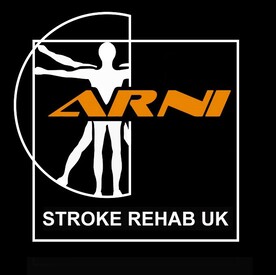
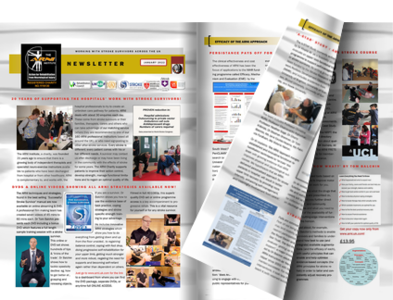
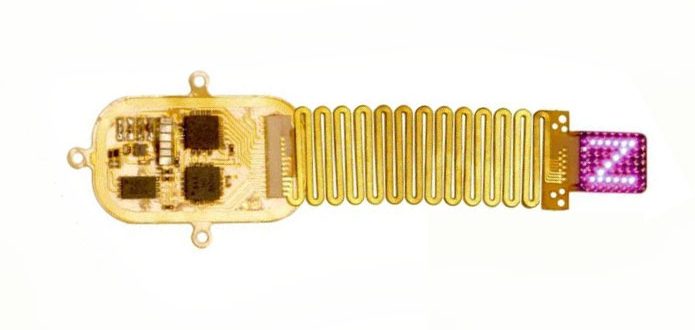


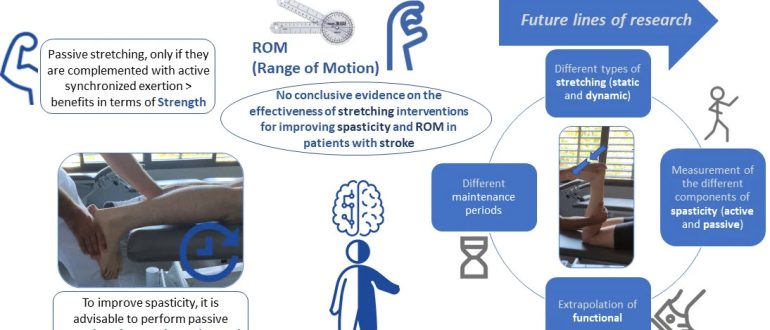
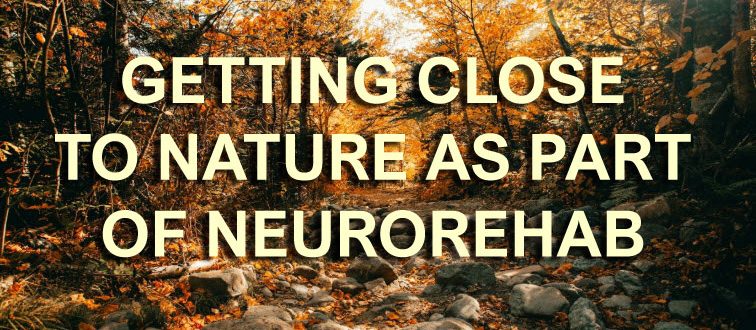
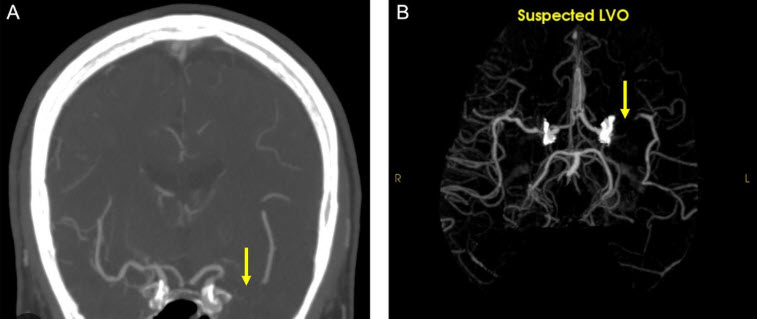
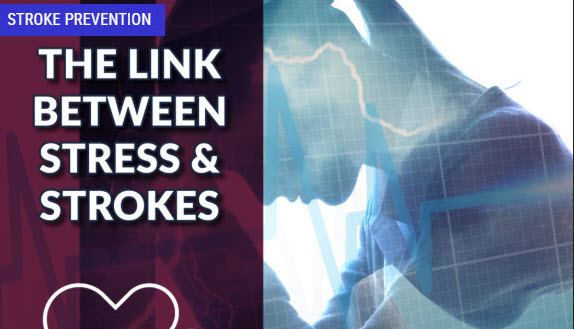
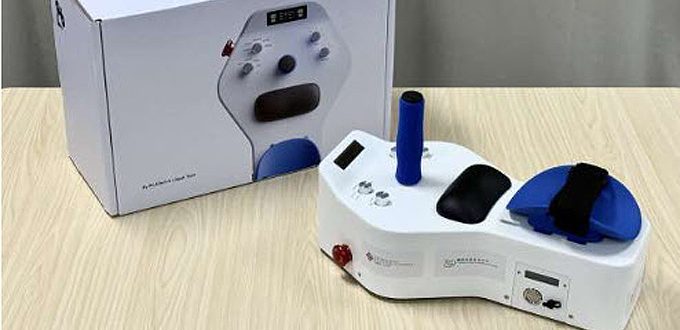
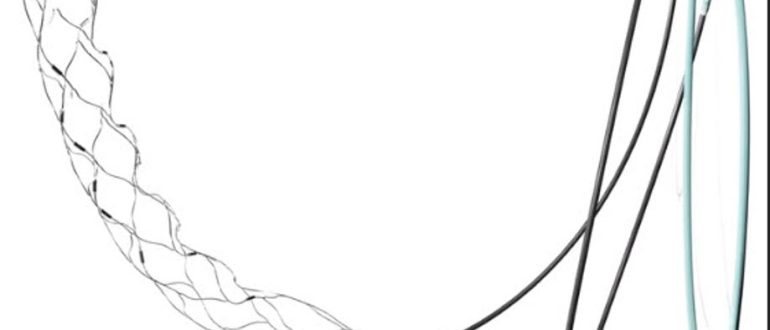
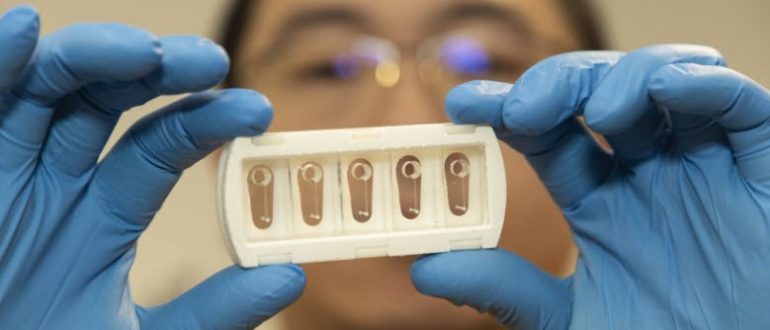
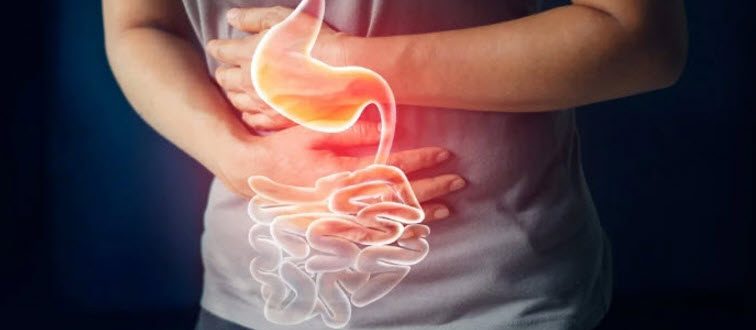
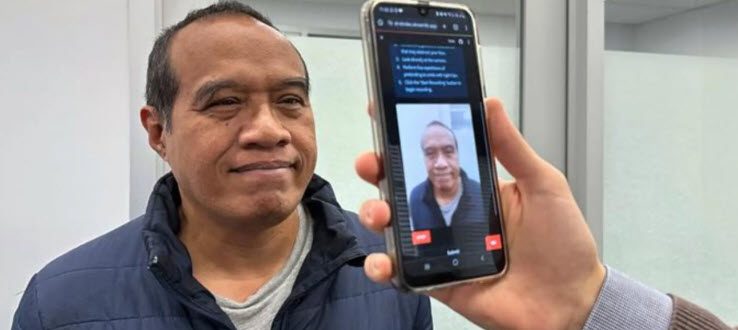
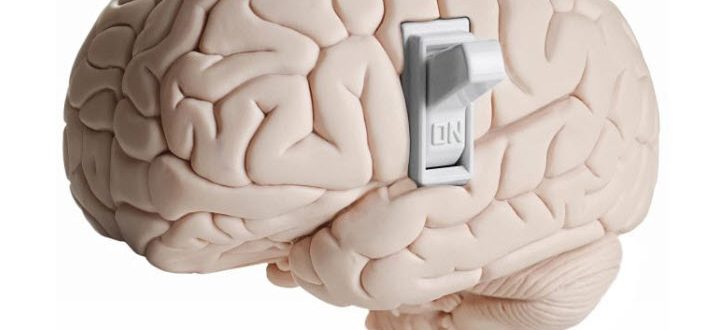
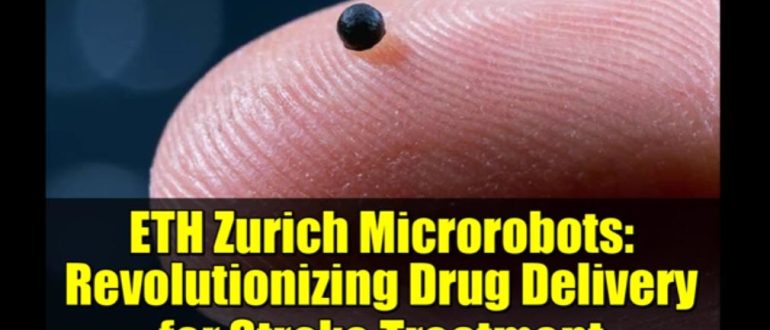





View Comments
Likes:
5
Shares:
1
Comments:
3